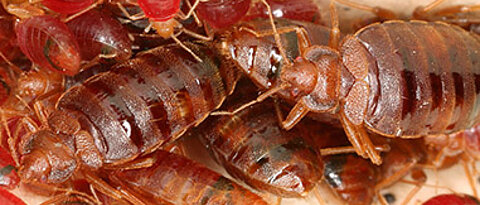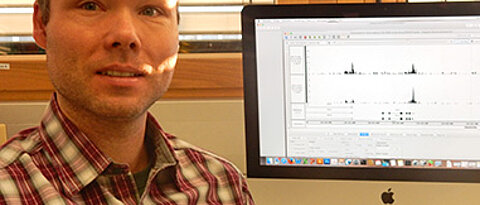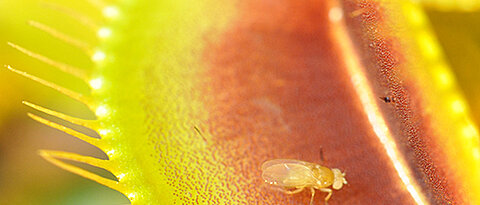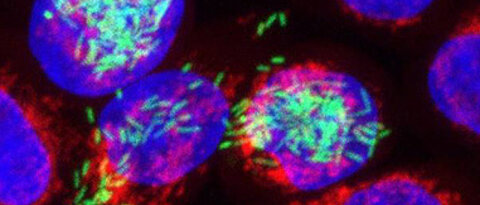Microscopy: Nine at one blow
02/04/2016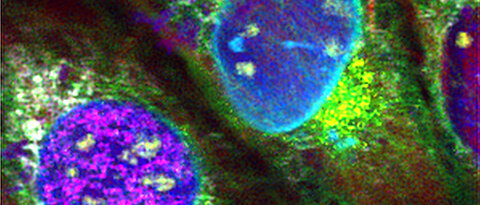
Advance in biomedical imaging: The University of Würzburg's Biocenter has enhanced fluorescence microscopy to label and visualise up to nine different cell structures simultaneously.
more


